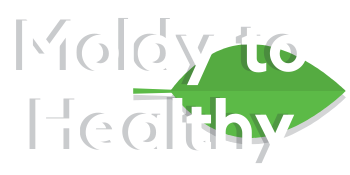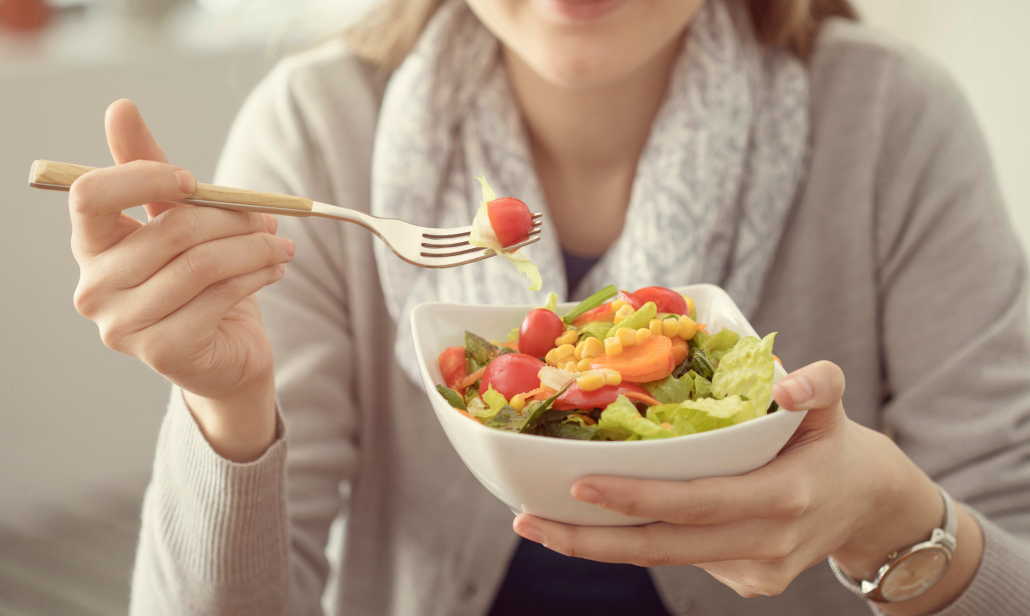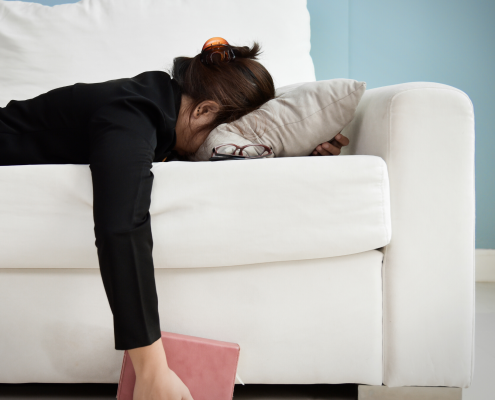Why Mold Diets Don’t Work
by Dr. Will Mitchell
The idea that a ‘special’ diet or avoiding some ‘secret foods’ will solve a problem as complex as mold-related illness is not just unrealistic, it’s basically impossible. Improving your nutrition and avoiding obviously moldy foods are both very good ideas. The reason a ‘low mold’ diet won’t correct the underlying problem is because the vast majority of what makes a person sick with ‘mold illness’ or Chronic Inflammatory Response Syndrome (CIRS), isn’t actually mold.
But wait, how can mold illness not be caused by mold? Over 20 years of research into why some people get sick from buildings has shown that there is a complex chemical soup created when building materials are wet. Mold and bacteria begin to grow in as little as 48 hours when two factors are present — moisture and a food source, and building materials are filled with a favorite food, cellulose, which is the most abundant organic polymer on earth. It’s in products like wood, insulation and sheetrock. An overflowing drain pan in the AC unit, a slow drip under the kitchen sink, a cracked tile in the shower, missing caulk around a window, a high level of humidity in the indoor air — these can all lead to mold growth. Fifty percent of the buildings in the US have some sort of water damage (according to the CDC), and that includes newer construction. It takes very little time for water damage to occur.
Now let’s look at what actually causes mold illness. There is a ‘chemical soup’ that is created in a water damaged building, and can consist of a complex aerosolic mixture of mycotoxins, spores, bacteria, microbial fragments, inflammagens, volatile organic compounds, and other molecular species. In other words, a whole lot of ingredients that cause inflammation and dysregulate the immune system. Additionally, when a single mold spore dies, it can break into 300-500 even smaller fragments that become airborne for days or weeks and can easily make their way deep into our lungs when we inhale them. This is what causes our immune system to react, and for the 25% of us with the genetic blueprint for mold illness, this can send us into a hyper-reactive inflammatory state.
It’s the inhaled particles that make a genetically susceptible person sick with mold illness, and not the ingestion of mold in our food. There are not many areas in the world where moldy foods have made people sick. This isn’t a common occurrence today. Avoiding the tiniest amounts of mold in our foods is very difficult and if someone says they feel better doing this, it may be that they are avoiding other chemicals or including more nutritious foods. A small number of people who develop CIRS can also develop severe chemical sensitivity. When that happens many chemicals in foods, body care products and more can cause a reaction. These reactions are not specific to molds.
Don’t mistake your mold illness as something you acquired because you ate too many moldy foods. The issue with CIRS/mold illness is an immune system gone awry, causing dysregulation all over the body, and that comes from inhaled biotoxins, not the mold from food. That being said, a ‘low mold diet’ can work quite well for reducing some of the symptoms experienced with mold illness, because when you look at the diet recommendations, they are simply the foundation for a healthy diet that we all should follow. It focuses on avoiding inflammatory foods and consuming healthy whole foods.
- Avoid sugar and high levels of carbohydrates
- Avoid gluten
- Avoid dairy
- Avoid vegetable and industrial seed oils (canola, soy, corn)
- Avoid grains (According to the low mold diet, these are “moldy” foods, however we tend to overconsume grains which can make our carbohydrate consumption too high.)
- Avoid dried fruits (These almost always have added sugar.)
- Avoid coffee and alcohol
- Avoid packaged and processed foods
- Consume organic meats and fish (grass-fed, pasture-raised, wild-caught, etc.)
- Consume copious amounts of lower carb vegetables (like broccoli, cauliflower, leafy greens, onions, onions, garlic, artichokes, fresh tomatoes)
- Consume plenty of healthy fats (like olives, olive oil, avocado, coconut oil, ghee, organic butter)
- Consume low sugar fermented foods (like tempeh, apple cider vinegar, kimchi, sauerkraut)
- Hydrate well (filtered water, herbal teas, mineral water, fresh vegetable juice)
The only way to accurately diagnose mold illness, also known as CIRS, is through physical findings as well as specific blood tests (not a mycotoxin urine test) for the genetic predisposition to CIRS and the dysregulation of several CIRS-related biomarkers. Dr. Ritchie Shoemaker has devoted decades to the study of CIRS, and to date, his treatment protocol is the only one that has been proven in research studies to reverse CIRS and re-regulate the immune system. Anything other than this well-researched and data-driven approach can only treat symptoms. While a significant reduction in symptoms can make a tremendously impactful difference in quality of life for someone with mold illness, the ideal treatment is to actually reset the immune system and repair the regulation of the systems that have been affected.
For more information on properly diagnosing and curing CIRS, go to the Merritt Wellness Center website and click on Moldy to Healthy, or give us a call at 512-495-9015.






